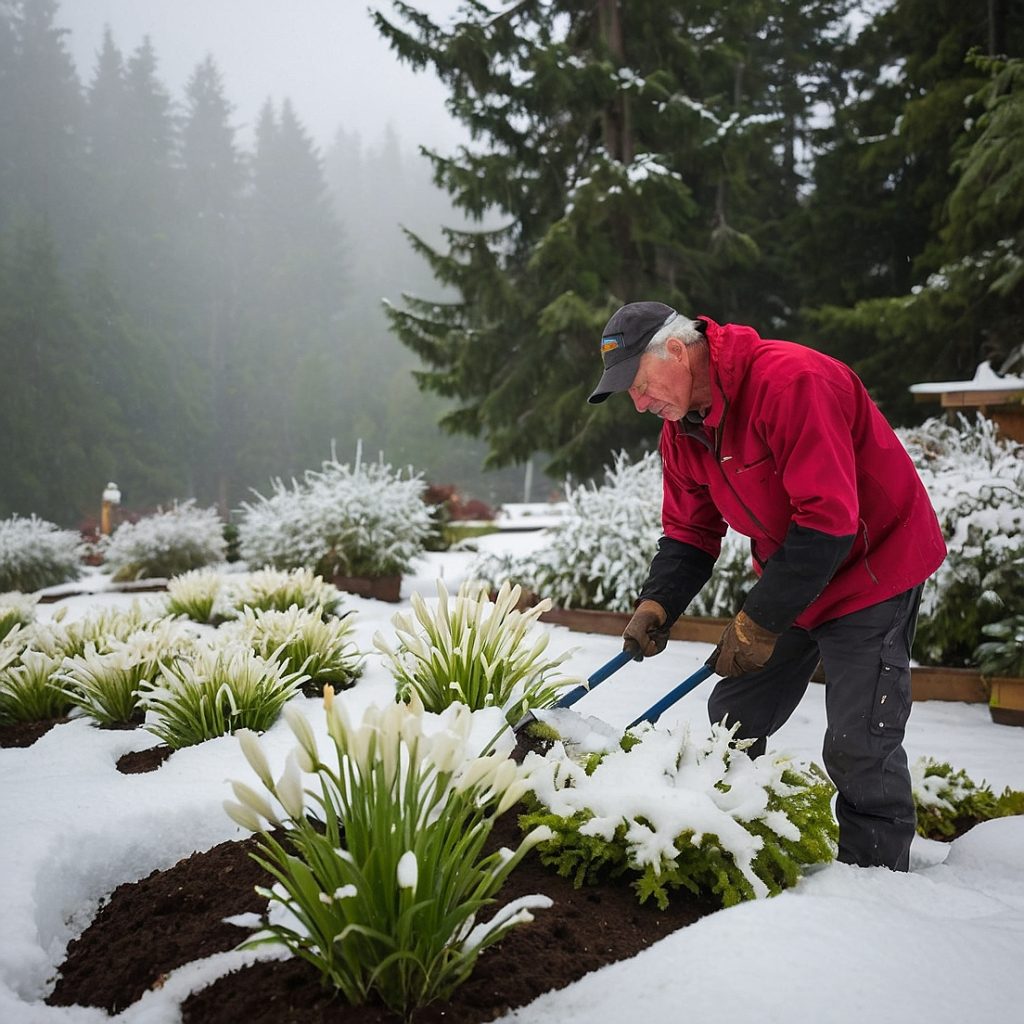Snow Gardening: Cultivating Life in the Cold
When winter blankets the landscape in snow, most gardeners assume it’s time to hang up their gloves until spring. However, snow gardening—a unique approach to winter horticulture—proves that cold-weather growing is not only possible but also beneficial for plants and soil. Whether you’re looking to extend your harvest, protect perennials, or prepare for an early spring, snow gardening offers creative and practical ways to keep your green thumb active year-round.
The Science Behind Snow Gardening
Snow acts as a natural insulator, trapping heat in the soil and protecting plants from extreme temperature fluctuations. Beneath the snowy layer, the ground remains warmer than the freezing air above, allowing some hardy plants to survive and even thrive. Additionally, snow provides slow-release moisture as it melts, nourishing dormant roots and enhancing soil quality.
What You Can Grow in a Snow Garden
While traditional summer crops won’t survive under snow, several cold-hardy plants and techniques make winter gardening feasible:
- Hardy Vegetables
Certain vegetables can survive under snow with proper planning. Examples include:
- Kale – Becomes sweeter with frost exposure.
- Carrots – Can be stored in the ground under a mulch cover and harvested as needed.
- Brussels Sprouts – Continue growing until temperatures drop significantly.
- Leeks and Parsnips – Develop richer flavors after a frost.
- Perennial Herbs & Plants
Many herbs and perennials benefit from snow insulation. Lavender, thyme, and chives, for example, will return stronger in the spring when protected by snow.
- Winter Cover Crops
Planting cover crops like winter rye or clover before the first snow improves soil fertility, prevents erosion, and provides organic matter when tilled under in spring.
Snow Gardening Techniques
To maximize the potential of snow gardening, consider these effective methods:
- Mulching for Protection
A thick layer of mulch—straw, leaves, or wood chips—can help retain heat and moisture, keeping the soil workable even under snow.
- Cold Frames & Hoop Houses
Using cold frames (mini greenhouses) or hoop houses allows you to grow greens like spinach and lettuce deep into winter, creating a microclimate that stays above freezing.
- Snow as an Irrigation System
Piling up snow around plants provides slow-releasing moisture as temperatures rise, preventing dehydration in winter.
Benefits of Snow Gardening
- Extended Harvest: Hardy crops can be harvested well into winter.
- Soil Protection: Snow cover prevents erosion and adds moisture.
- Early Spring Readiness: Prepping soil under snow allows for an earlier start to spring planting.
- Wildlife Support: Snow-covered gardens provide habitat and food for overwintering pollinators and beneficial insects.
Embrace the Winter Garden
Rather than viewing snow as a gardening obstacle, consider it an opportunity. With the right plants, techniques, and a bit of planning, you can transform winter’s chill into a thriving season of growth. Whether you’re harvesting frost-kissed kale, sheltering perennials under a white blanket, or planning for an early spring, snow gardening proves that nature never truly stops growing.
Ready to try snow gardening? Start small by experimenting with cold frames or overwintering crops, and discover the surprising abundance that winter has to offer!
Have a project you want to explore while snow covers the ground? Call Levy’s Lawns and Landscaping at (360) 876-6567
